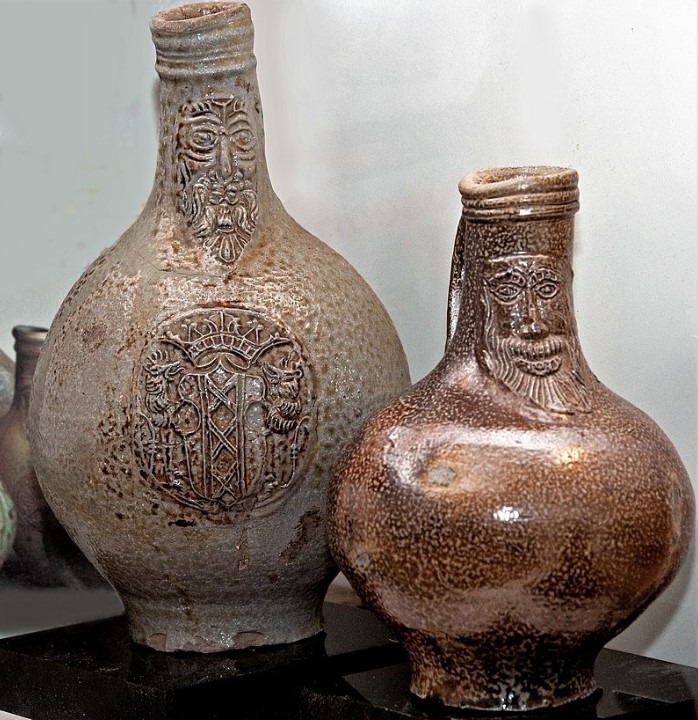
Less than 150 witch bottles have been recorded. By the end of the 17th century, the population of England was estimated at over 5 million and accusations of witchcraft were at their height. It’s likely many other bottles existed but were destroyed during later building and renovation works.
Witch bottles are classified as apotropaic. They provide evidence of people trying to protect themselves by averting evil influence. Those which have been found, many stoppered with contents intact, provide fascinating insight into the superstitions and beliefs of the time.
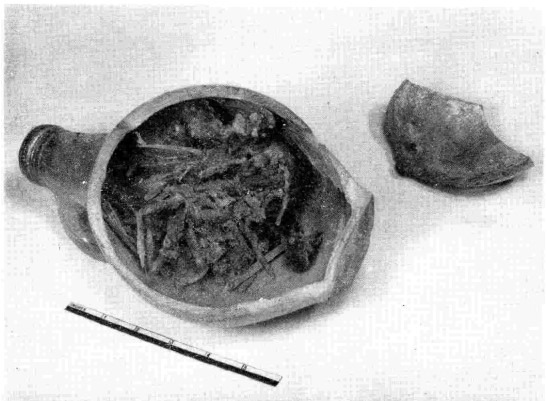
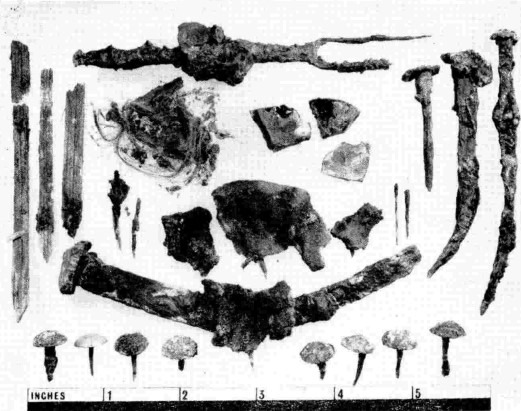
Inside the bottles, bent pins or nails (copper or iron) and urine were common. Sharp objects to cause hurt. Urine to make peeing painful. In 17th century, untreated cystitis could lead to kidney damage, poisoned blood and death.
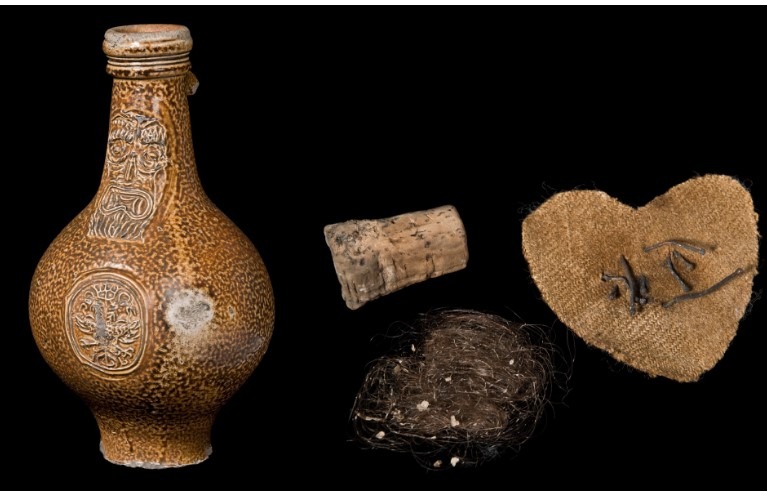
Other contents include hair, fingernail clippings and blood. Fabric or leather hearts have been found, some punctured with pins, as well as sand, stones, shells, herbs and flowers.
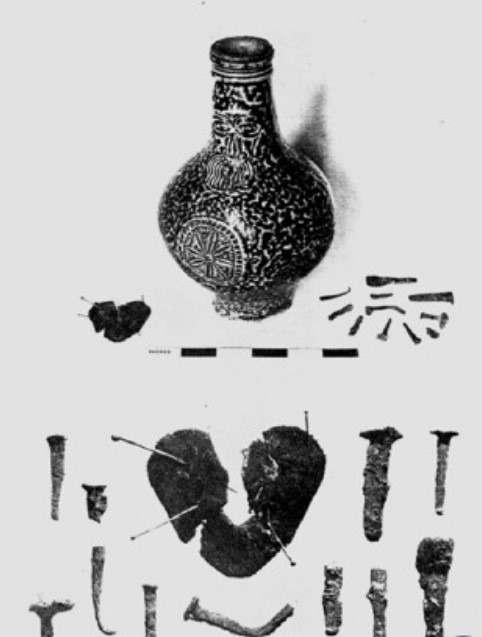
Household substances include salt, vinegar, oil and ashes, while some contain knotted threads thought to trap the witches soul.
These are counter devices, designed to attract and contain harmful intentions. A spell or curse would be absorbed by the contents and reflected back at the originator. Bottles appear to have been made for individualls and customised for specific situations.
Once filled and sealed, the bottle would be buried, usually beneath a hearth or by a doorway; both considered entry points for evil.
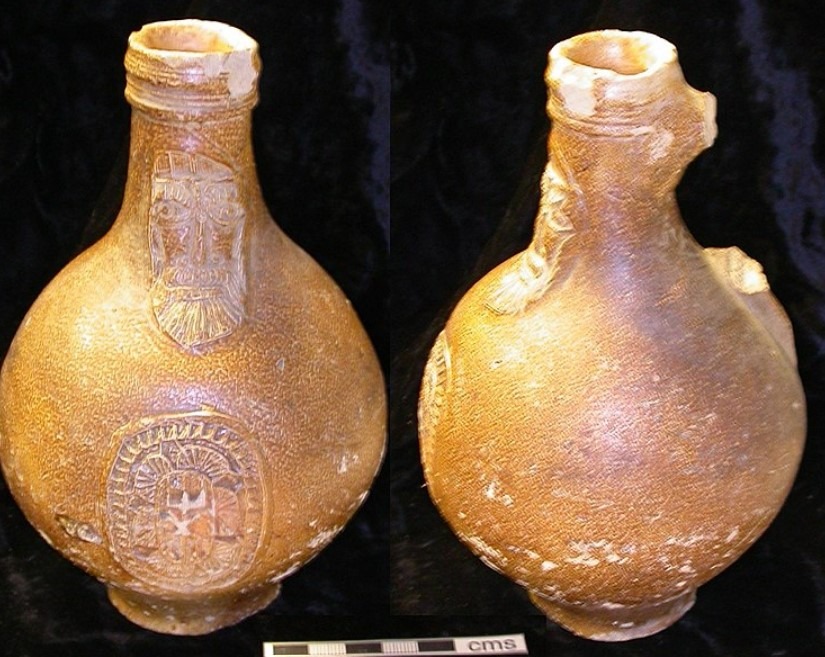
Bottles can be a variety of size and shapes. Many were brown, salt-glazed jars with a gloss finish and pitted texture. Used for storing and transporting beer, wine or vinegar, they were known as Bartmann, from the German bärtiger mann for ‘bearded man’. Marked with a fierce bearded face, they often had other images such as coats of arms or generic hunting and agriculture scenes.
Other bottles, such as the Reigate witch bottle, were made of glass. Domestic magic used whatever household objects were available.
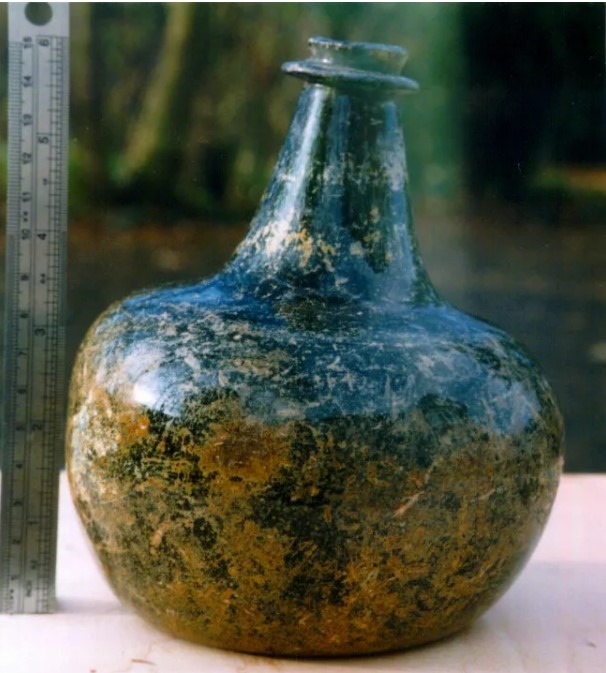
There are some intriguing books from the 17th century that contain instructions for making witch bottles.
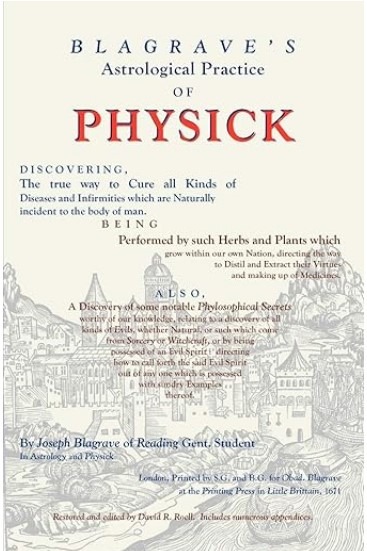
In Astrological Practice of Physick, published in 1671, Joseph Blagrave writes the following:
Another way is to stop the urine of the Patient, close up in a bottle, and put into it three nails, pins, or needles, with a little white Salt, keeping the urine alwayes warm: If you let it remain long in the bottle, it will endanger the witches life: for I have found by experience, that they will be grievously tormented making their water with great difficulty, if any at all…
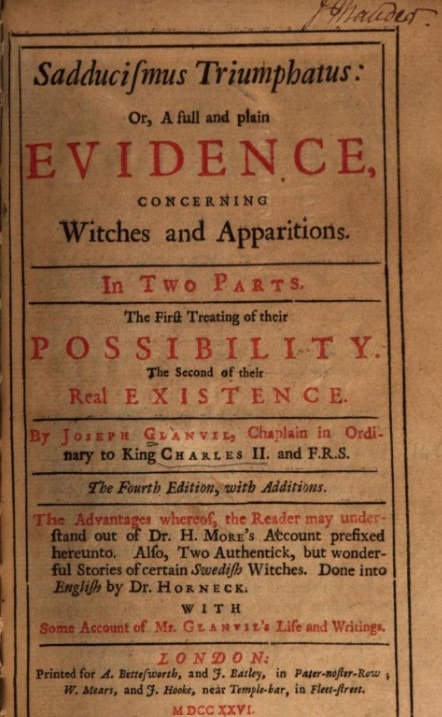
In 1681, Joseph Glanvil’s Saducismus Triumphatus, or Evidence concerning Witches and Apparitions contained a different approach:
He therefore advised him to take a Bottle, and put his Wives Urine into it, together with Pins and Needles and Nails, and Corkt them up and set the Bottle to the Fire well corkt, which when it had felt a while the heat of the Fire began to move and joggle a little, but he for sureness took the Fire shovel, and held it hard upon the Cork, And as he thought, he felt something one while on this side, another while on that, shove the Fire shovel off, which he still quickly put on Again, but at last at one shoving the Cork bounced out, and the Urine, Pins, Nails and Needles all flew up, and gave a report like a Pistol, and his Wife continued in the same trouble and languishment
There was a belief that exploding a witch bottle would break the spell or cause the witch’s death, her spell dying with her. As the first method Glanvil suggested didn’t work, he offered a second solution.
Take your Wive’s Urine as before, and Cork it in a Bottle with Nails, Pins and Needles, and bury it in the Earth; and that will do the feat. The Man did accordingly. And his Wife began to mend sensibly and in a competent time was finely well recovered.
Bottles were not the only form of preventative action again witches. Glanvil offered a set of experimental rules, whereby to afflict the Witch, causing the evil to return back upon them. These included taking thatch from the roof of a witches house, sprinkling it with urine and salt before burning it over a trivet and burying the ashes.
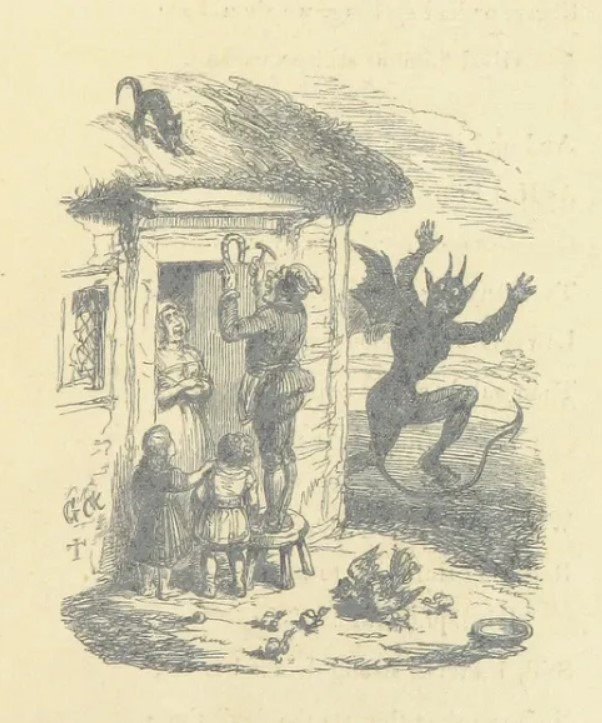
Another method was to heat up a new horse shoe, cool it with urine and salt before nailing it on the inside of a threshold with three nails and the heel pointing up.
The 17th century was a difficult time. England was divided between the old catholicism and new protestantism. King Charles I was beheaded, royalists fought cavaliers during the English civil war, and a plague was followed by the great fire of london.

The age of enlightenment had not yet begun and medical knowledge was scarce and often inaccurate. Church was the main source of education for the majority of the population. Sermons preached sorcery and doings with the devil were sin. In 1611, the King James 1 translation of the bible made this clear in Exodus 22:18 with the command thou shalt not suffer a witch to live.
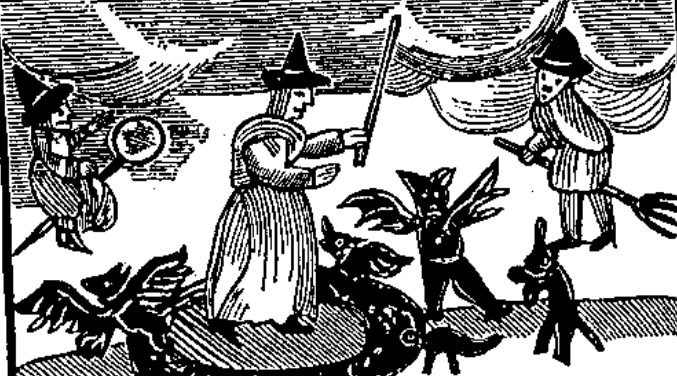
During the 18th and 19th centuries, belief in witchraft changed. It began to be seen more as a rural superstition and in 1735, the Witchcraft Act ruled it was no longer a crime. But – witchcraft has has never entirely gone away. The 20th century saw a resurgence of interest in witchcraft and the development of the path known as wicca. Today, there are shops specialising in witchy tools and histories, both online and in towns and cities, while YouTube has a plethora of videos from self-proclaimed witches who share their lifestyles, beliefs and practices.
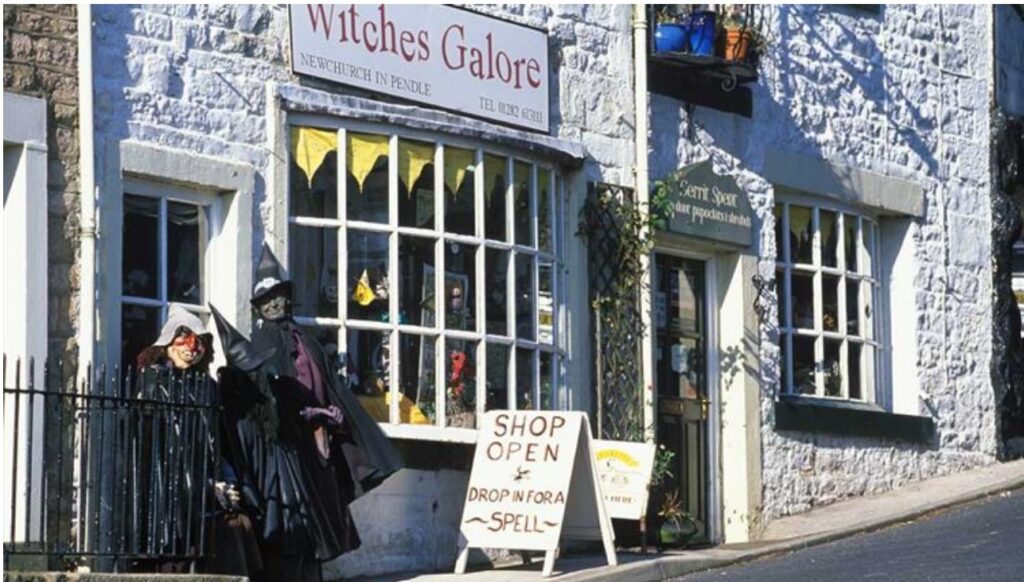
The old ways have continued to thread through new beliefs and practices. In 1986, Raymond Buckland, a Gardnerian wiccan, wrote the Complete book of witchcraft.
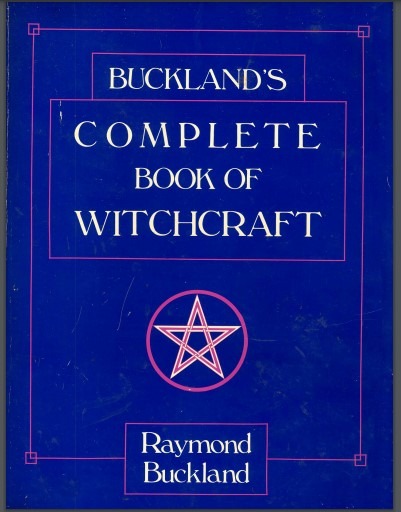
Lesson Eleven, Magick, includes instructions on protection from negativity or magic. One of these is how to make a witch bottle:
…take a regular jar such as a 6 oz instant-coffee jar. Half fill it with sharp objects: broken glass, old razor blades, rusty nails and screws, pins, needles, etc. When the jar is half filled with these objects, urinate in it to fill it. If a woman is preparing her bottle, she should also try to get some menstrual blood into it. Now put the top on the jar and seal it with tape. It should then be buried in the ground, at least twelve inches deep, in an isolated spot where it can remain undisturbed… So long as the bottle remains buried and unbroken, it will protect you from any evil directed against you.
Maybe times haven’t changed so much after all!
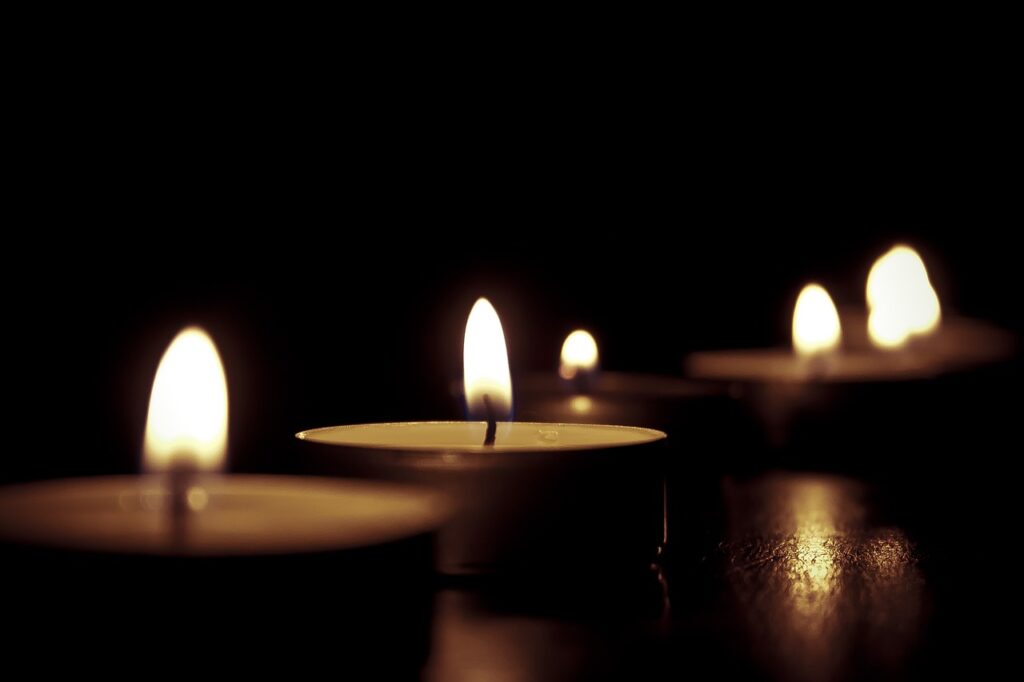
Further information about witch bottles that have survived:
- Michelham Priory
- Reigate
- Holywell Priory
- Kings Lynn, Norfolk
- Rochester
- Norwich witch bottle
- Navenby, Lincolnshire
- Greenwich
- Witch bottles concealed and revealed MOLA research project
Fans of the BBC’s Antiques Roadshow may remember the espisode from Trelissick, Cornwall, where glass specialist Andy McConnell tasted liquid from a bottle thought to be 150 year old wine. The presence of bent nails, human hair and a tiny ostracod, alongside later analysis, suggested it was a witch bottle and contained urine!
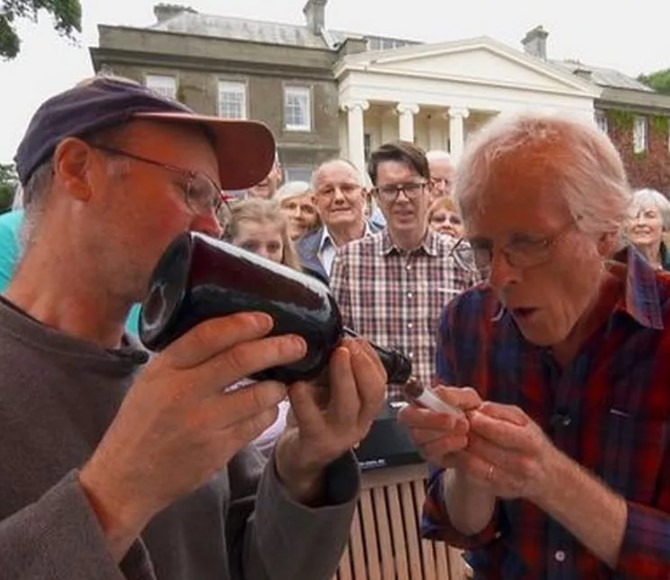
One thought on “Let’s talk witch bottles”